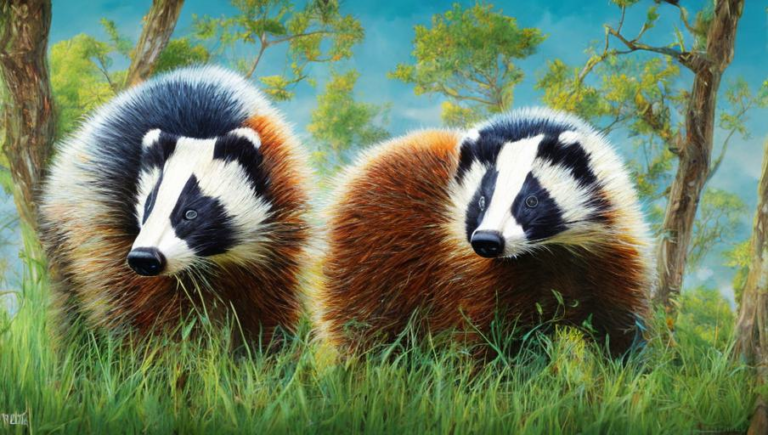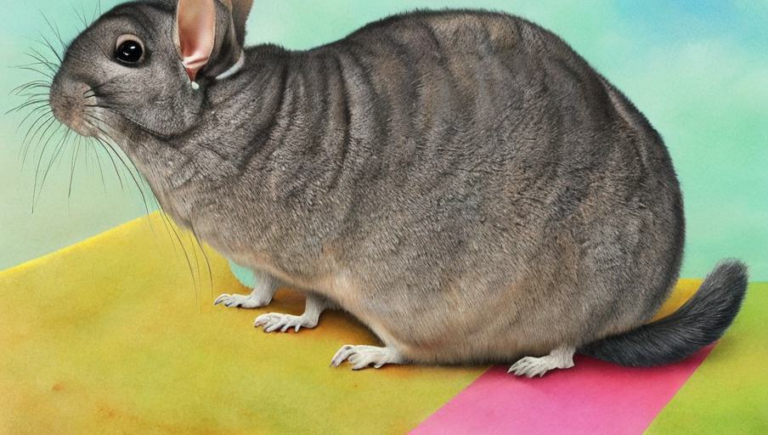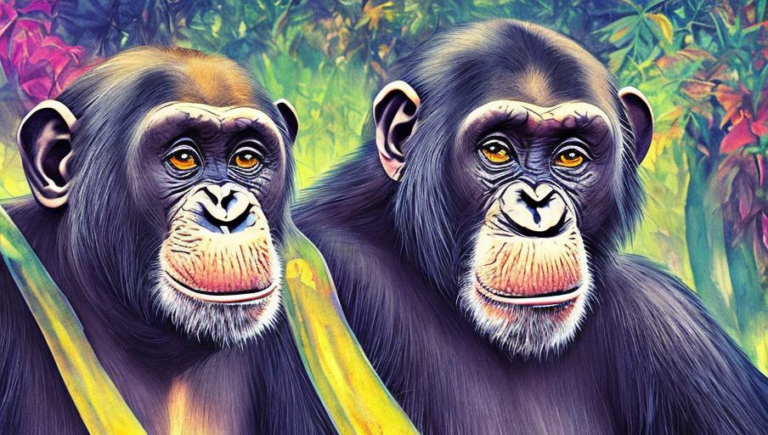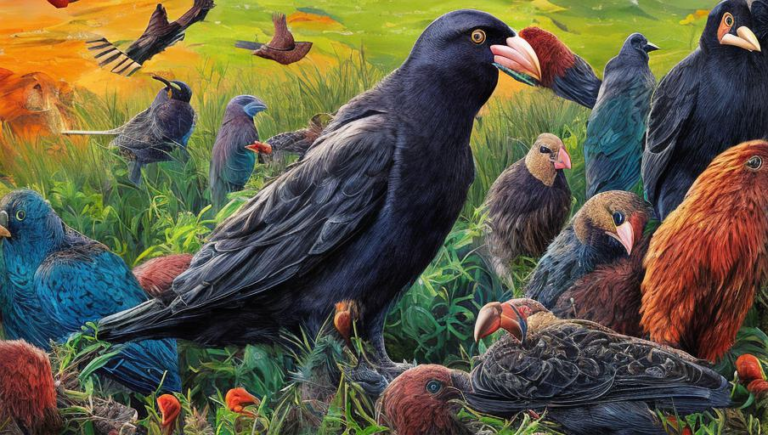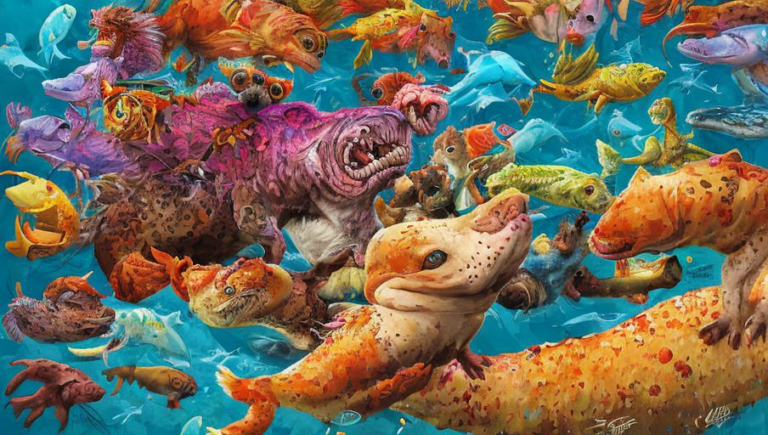Helping Anteaters Adapt to a Changing Environment
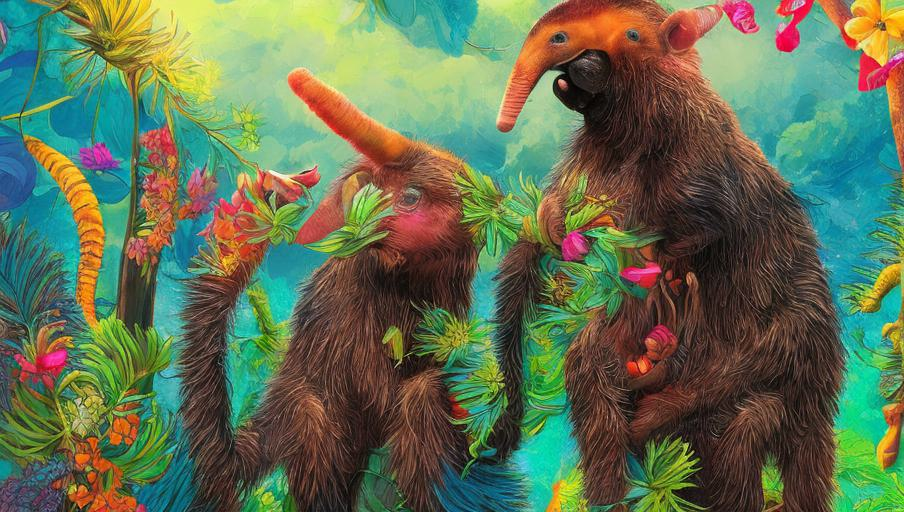
How Anteaters are Adapting to a Changing Environment
The anteater is a unique species, found in a variety of habitats in Central and South America. They are well-known for their long snouts and claws, which they use to help them feed on ants and other small insects. But, like many species, the anteater is being faced with the challenge of adapting to a changing environment.
Due to the destruction of their natural habitats and the increasing pressure from human activities, anteaters are being forced to find new ways to survive. As a result, some anteaters have adapted their behavior and diet to fit their new environment.
Behavioral Adaptations
One of the most surprising ways that anteaters have adapted to their new environment is by changing their behavior. For example, some anteaters have been observed to use their claws to dig up and eat roots, tubers, and other plant matter. This behavior has been seen in areas where their traditional food sources of ants and other insects are not as abundant.
Other behavioral adaptations include increasing the amount of time spent in trees or other elevated areas. This helps the anteaters to avoid predators and also gives them access to food sources that are not available on the ground.
Dietary Adaptations
Anteaters have also had to make dietary adjustments in order to survive. As their natural habitats become more scarce, they have been forced to rely on other sources of food. This includes consuming fruit, small mammals, and even eggs.
In addition, some anteaters have been observed to eat carrion, or dead animals. This behavior is important for the species’ survival because it allows them to get the nutrients they need when their other food sources are not available.
Conservation Efforts
Despite the adaptations that anteaters have made, they remain at risk of extinction due to the destruction of their natural habitats. For this reason, conservation efforts are essential in order to ensure the survival of the species.
Organizations such as the Anteaters and Highways Initiative are working to protect anteaters by creating protected areas along highways and in other areas where the species is found. This helps to reduce the impact of human activities on the anteater’s habitat and allows them to survive in a changing environment.
Conclusion
Anteaters are a unique and fascinating species, and they are facing the challenge of adapting to a changing environment. By changing their behavior and diet, they are able to survive in their new environment. However, conservation efforts are still necessary in order to ensure the long-term survival of the species.
